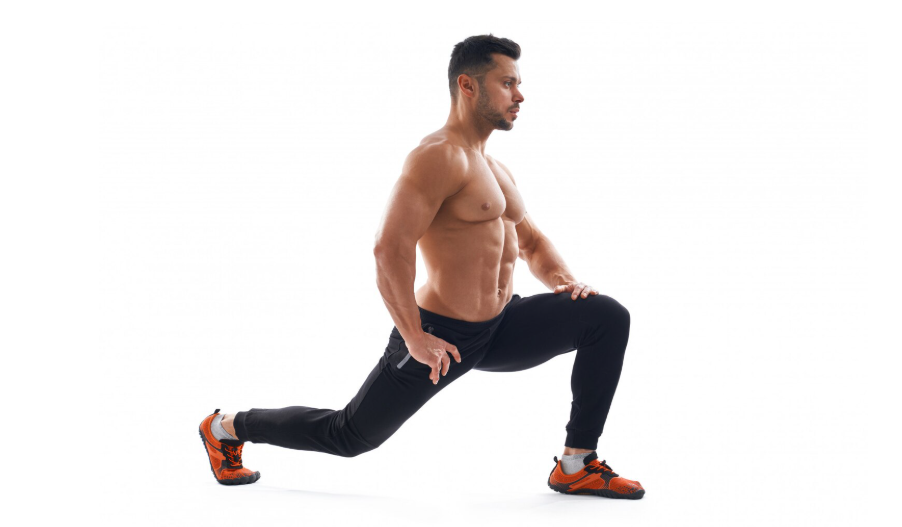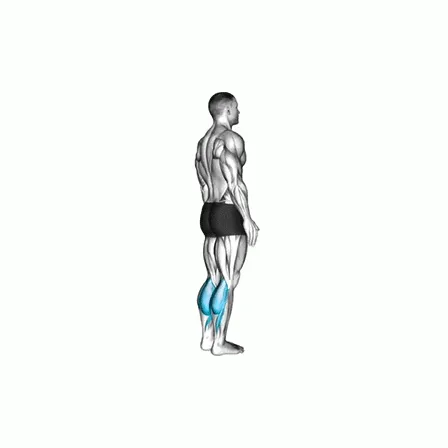Plank Variations for Home Workouts
Plank Exercise Instructions
-
Start in a Forearm or High Plank Position
- Forearm Plank: Rest on your forearms with your elbows directly under your shoulders, arms parallel to your body, and forearms flat on the ground.
- High Plank: Place your hands directly under your shoulders, arms fully extended, as if in the top position of a push-up.
-
Position Your Body
- Extend your legs behind you with your feet hip-width apart. Your toes should be on the ground, and your body should form a straight line from head to heels.
-
Engage Your Core
- Tighten your abdominal muscles to keep your hips from sagging or lifting. Engage your glutes and legs to maintain a solid, straight posture.
-
Align Your Head and Neck
- Keep your head neutral by looking slightly ahead of you or down at the ground. Don’t let your head drop or strain by looking up.
-
Hold the Position
- Maintain this position for as long as you can while keeping proper form. Start with 20-30 seconds and work your way up to 1-2 minutes as you get stronger.
Plank Exercise Tips
-
Keep a Straight Line
- Your body should form a straight line from your head to your heels. Avoid arching your back, sagging your hips, or raising your butt too high. Imagine a straight rod running from your head down to your heels.
-
Engage More Than Just Your Core
- While the plank is primarily a core exercise, involve your glutes, quads, and shoulders. Squeeze your glutes and keep your legs firm for extra stability.
-
Breathe Consistently
- Avoid holding your breath. Breathe slowly and steadily to maintain oxygen flow and prevent muscle fatigue.
-
Don’t Strain Your Neck
- Keep your neck in line with your spine. Don’t look up or let your head hang down, as this can cause strain.
-
Watch Your Elbows (for Forearm Planks)
- Ensure your elbows are directly under your shoulders for proper support. Incorrect alignment can lead to shoulder strain.
-
Modify if Necessary
- If a full plank is too challenging, drop your knees to the ground while keeping your body straight from your head to your knees. You can also start with shorter intervals and build up over time.
-
Add Variations for a Challenge
- Side Plank: Rotate to one side, supporting your body on one forearm or hand with your feet stacked.
- Plank with Leg Lifts: Lift one leg a few inches off the ground while keeping the rest of your body still.
- Plank with Shoulder Taps: In a high plank, alternate tapping your opposite shoulder with one hand while keeping your body as stable as possible.















